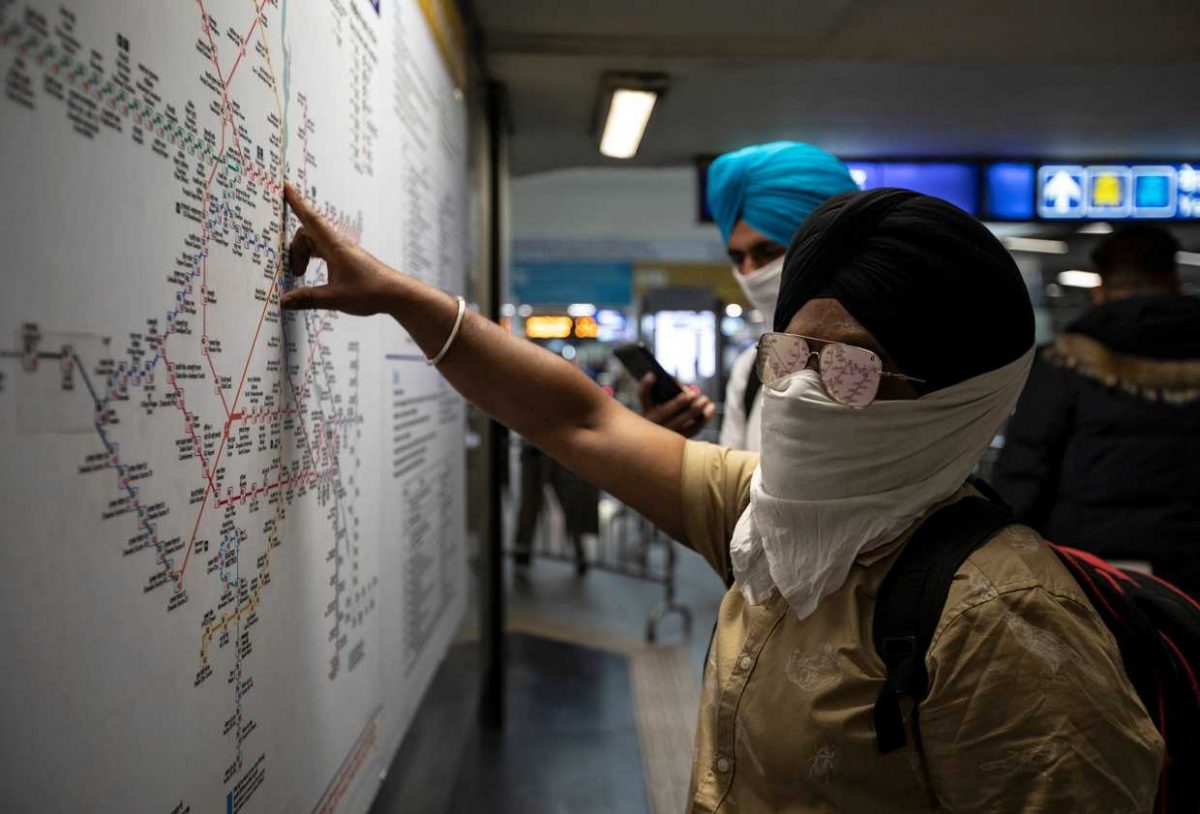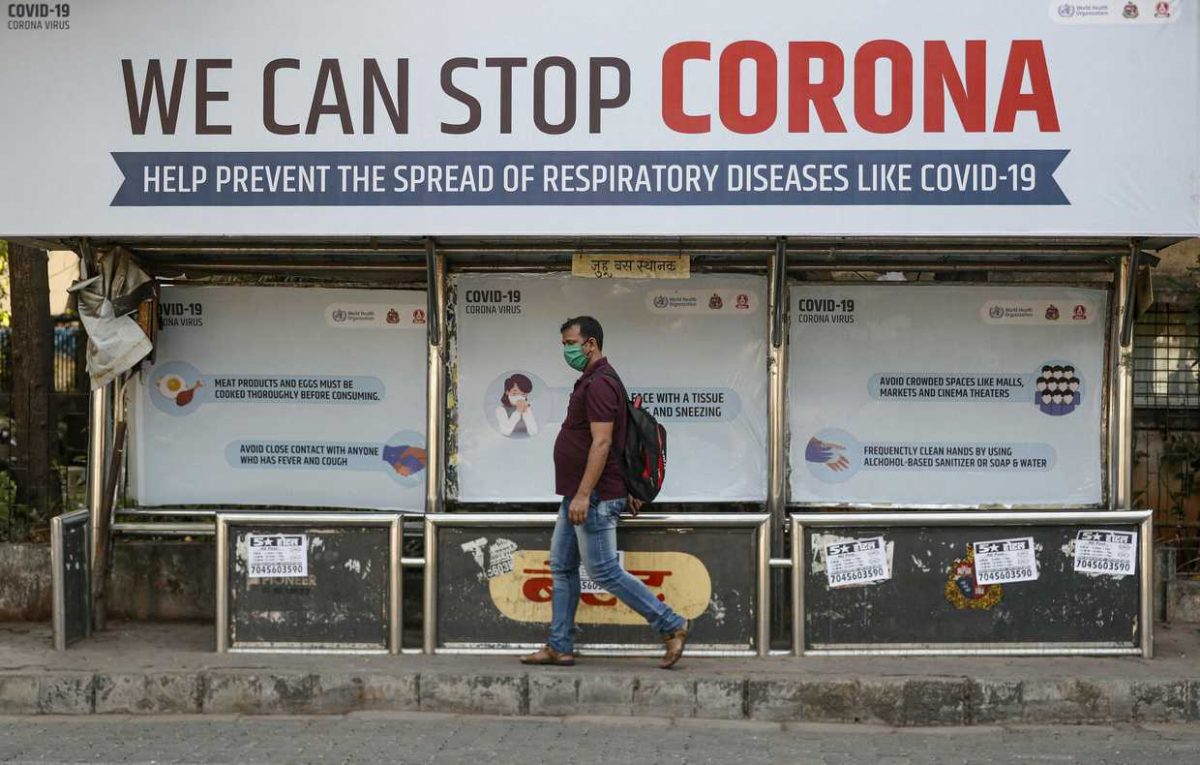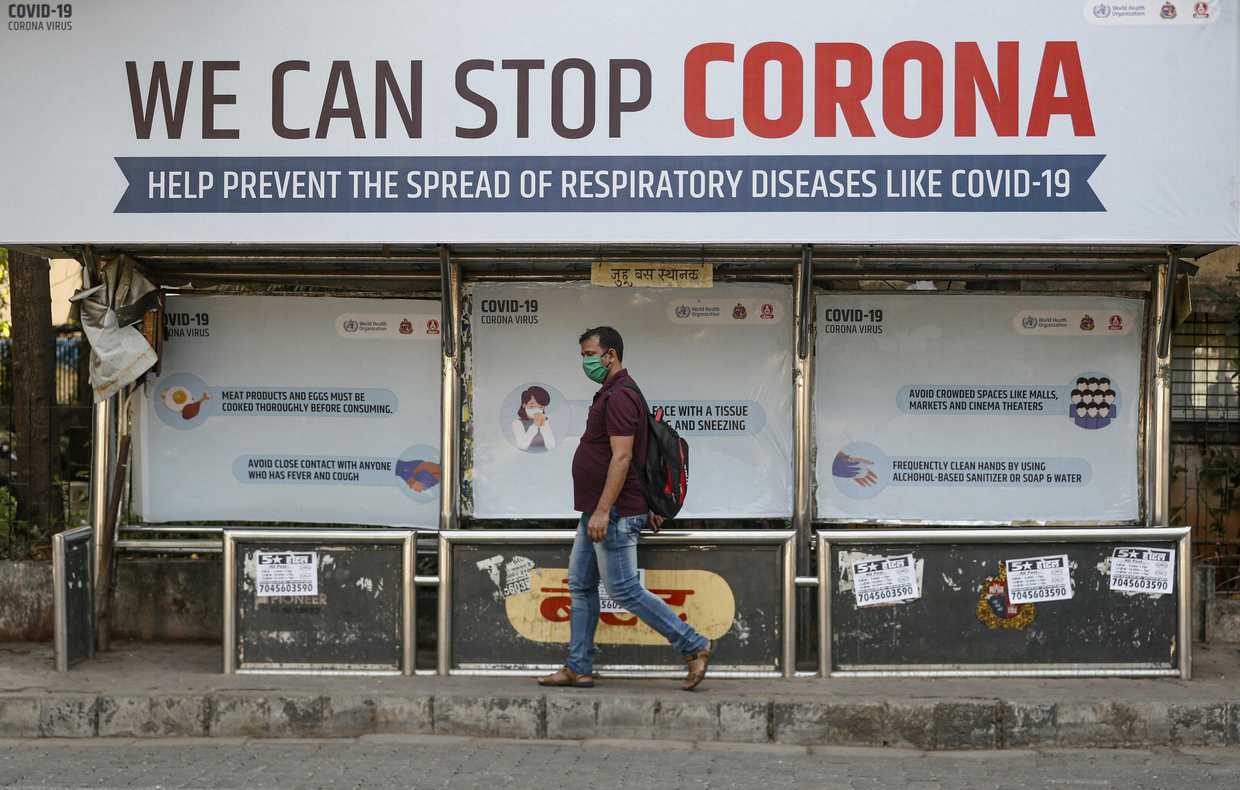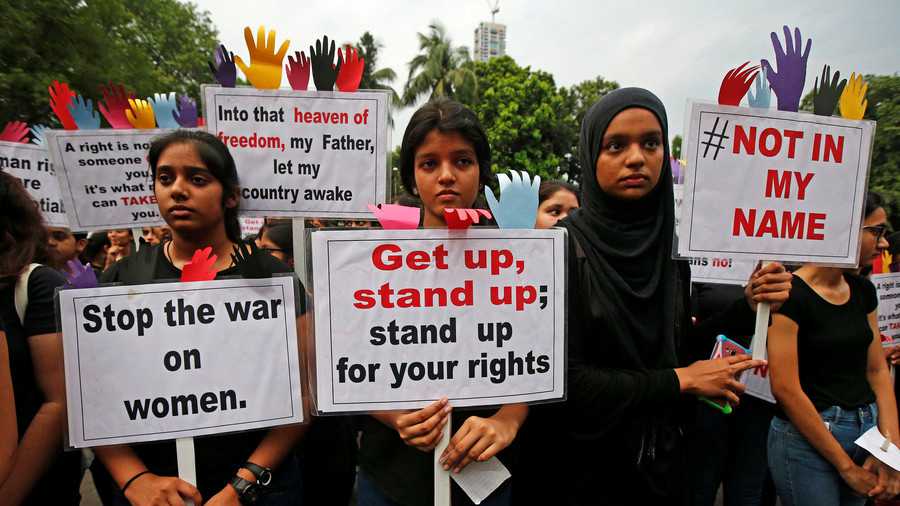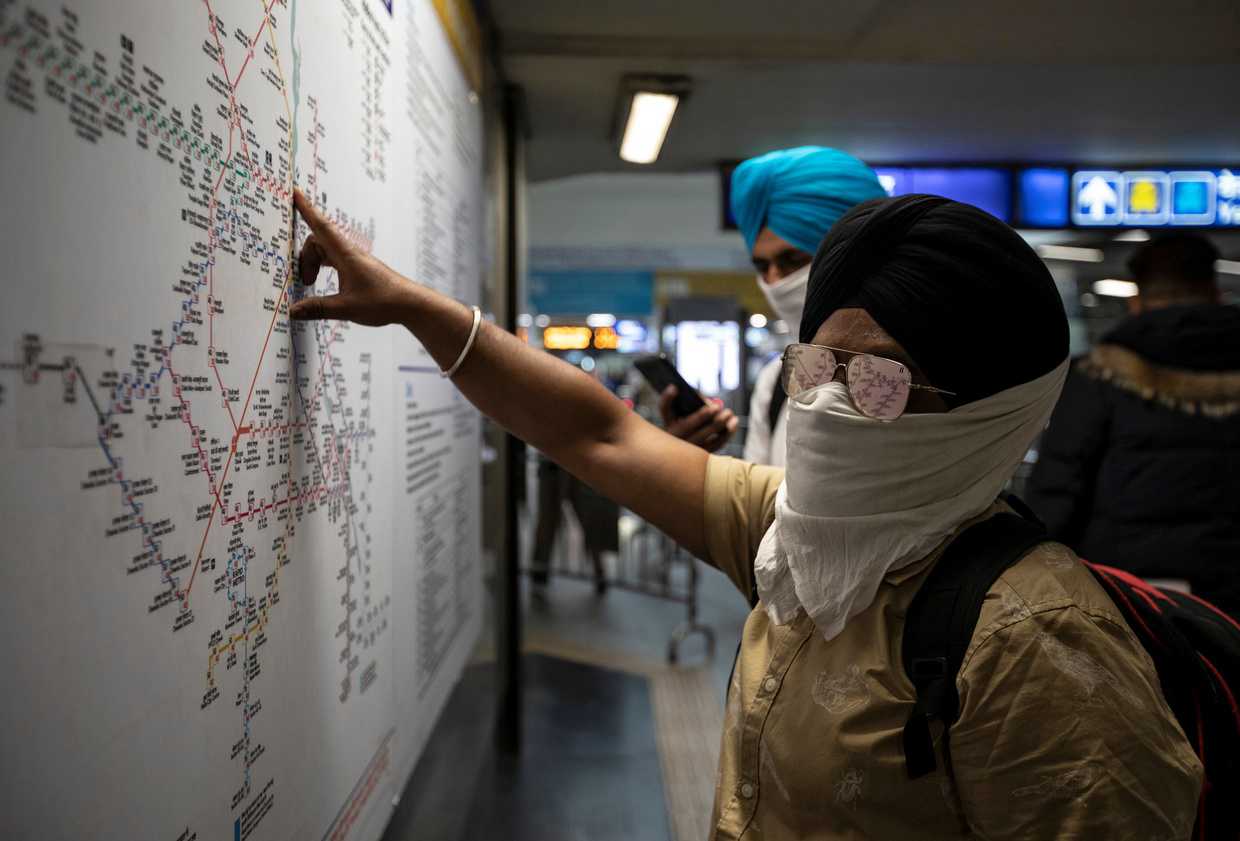
The telltale signs on the streets and in the neighbourhood do convey that people are on the edge. Long stretches of once-busy streets are now deserted. Neighborhood parks, usually bustling with humanity in the morning and evening hours, are now almost empty. House-wives are stacking up shelves in kitchens with essentials, lest they run out of stocks. Masks and sanitizers are not easy to come by.
If Modi’s words are heeded, we could see a spectacle at 5 pm on Sunday, when millions could be whistling or clapping for those legions of masked medical and other essential staff who are standing between “you and corona,” in the PM’s words.
“We should be at the forefront of this fight against the pandemic. Like the doctors and nurses, baggage handlers and crew members of aircrafts who are evacuating stranded Indians from abroad,” Modi said.
Although the PM has said he does not intend to abandon the ongoing budget session, it is clear that the pandemic has disrupted many of his ambitious plans, from modernizing India’s army and economy to expanding trade and becoming a leader in the region. All of that will now have to take a back seat to battling the coronavirus – with Modi’s political survival, as well as that of millions of Indians, on the line.
